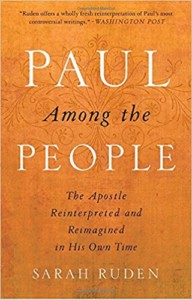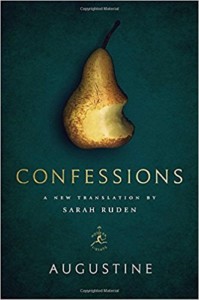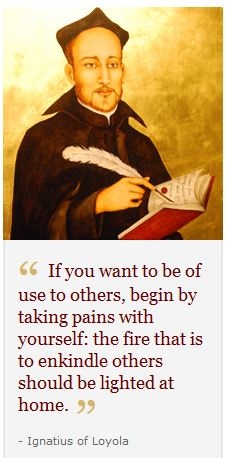[The following is from the program notes for Solemn Vespers of Saturday, April 7.]
The resurrection of Jesus Christ from the dead was more than a new event within the old, tired world, laboring under sin and death. In fact, it was the end of that world and the inauguration of a new creation. All who are baptized into Christ belong to this new creation, and our lives “are hidden with Christ in God.” As the first creation was made in six days, with God resting on the seventh, the new creation required a new day, the ‘eighth day’, a day outside of the closed cycle of the broken world.
One important symbol of this eighth day is the celebration of an ‘octave’. Each day between Easter Sunday and the Sunday following (now referred to as ‘Divine Mercy Sunday’) is part of the same Easter reality, each day a liturgical solemnity, the eight days of the new cosmos breaking into ‘secular’ time and renewing the old world from within.
Traces of the eighth day motif are already present in Saint John’s gospel. It is on the eighth day that Jesus appears and invites Thomas to touch his hands, feet and side, and Thomas comes to believe. Jesus then pronounces blessed all who believe without having seen, who put their faith in this hidden life in Christ.
In the present Roman calendar (of the ‘ordinary form’), only two official octaves remain, those of Christmas and Easter. In the medieval calendar, virtually all major feasts had ‘octaval’ commemorations at the very least. The liturgical reformers around the time of the Second Vatican Council considered these to be cumbersome complications. Perhaps this was so in some cases. It also may be that the traditional language of the eighth day had fallen into desuetude, perhaps as part of the overall weakening of an eschatological theology (a theology of the ‘last things’, as both present and yet to come). The Orthodox churches have tended to retain a robust sense of the octave as theologically central. In the center icon of Christ in glory behind the altar in the monastery church, one sees two interlocking stars of four points each. The combined eight points indicate that Christ’s coming, both now at every liturgy, and fully revealed at the summation of history, happens on the eighth day. As we celebrate the eighth day of Easter, we are overjoyed to join with you to praise God for the victory of His Son and the gift of new life in the Spirit.
One of the implications of a “new creation” is that God’s manifest beauty is, in the memorable words of Saint Augustine, “ever ancient, ever new.” Kevin and I have frequently discussed together the importance of the creation of new liturgical music that reflects the perennial confidence and vigor of the Catholic faith. After making a few attempts to realize a collaborative Renaissance English setting of tonight’s troparion on Psalm 115, we decided that this would be a perfect text for our own collaboration. We took turns setting the verses meant for the Schola as part of an effort to forge a shared style. We hope that all profit from our labors as we meditate upon and celebrate our own Exodus from the world to the Kingdom of God.
Christ is truly risen!



